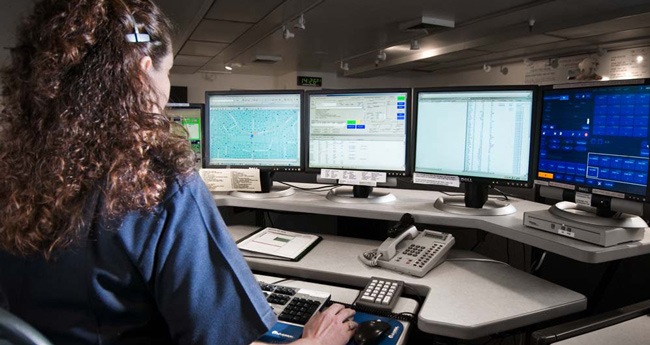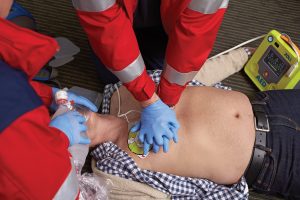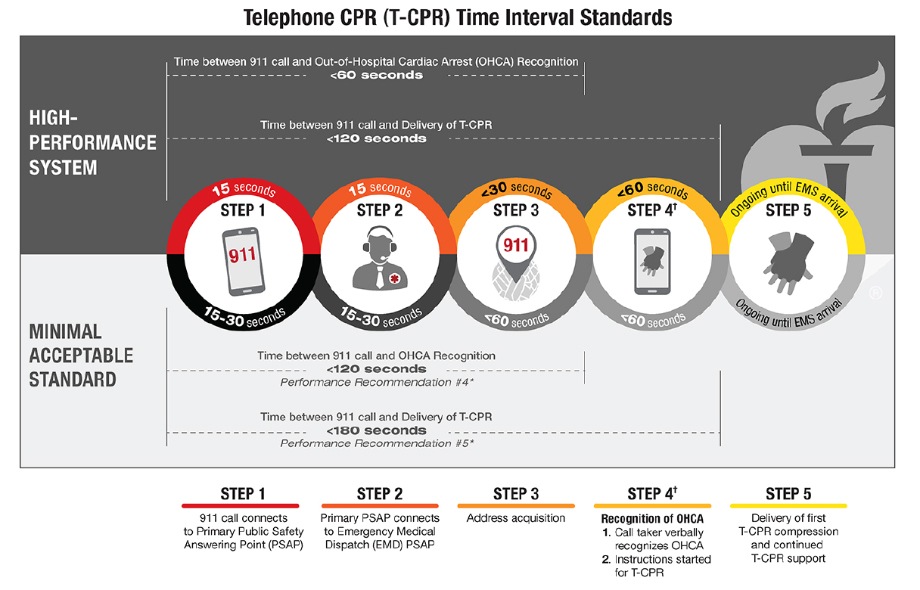
EMS and 911 Experts Unite to Improve CPR in the US
First Responders and 911 Experts Join Together to Improve Telecommunicator and High-Performance CPR Nationwide in the US
This week, which is National CPR and AED Awareness Week, a team of EMS and 911 professionals met in Washington, D.C. to develop tools that will help 911 and EMS agencies nationwide improve sudden cardiac arrest outcomes with improved CPR practices.
 The effort, led by the National Highway Traffic Safety Administration’s Office of EMS and National 911 Program and supported by the Health and Human Service’s EMS for Children Program, is in response to recommendations from the National Academies’ 2015 report, Strategies to Improve Cardiac Arrest Survival: A Time to Act, which called for increased efforts to improve CPR in EMS and 911 call centers.
The effort, led by the National Highway Traffic Safety Administration’s Office of EMS and National 911 Program and supported by the Health and Human Service’s EMS for Children Program, is in response to recommendations from the National Academies’ 2015 report, Strategies to Improve Cardiac Arrest Survival: A Time to Act, which called for increased efforts to improve CPR in EMS and 911 call centers.
 The 20 volunteers participating in this effort represent physicians and emergency medical directors, EMS agency leaders, PSAP leadership, and 911 operations and training managers and providers. The committee’s goal is to develop an implementation guide and share best practices to help the 911 and EMS communities ensure that CPR is done quickly, safely and effectively, guided by data and performance measurement.
The 20 volunteers participating in this effort represent physicians and emergency medical directors, EMS agency leaders, PSAP leadership, and 911 operations and training managers and providers. The committee’s goal is to develop an implementation guide and share best practices to help the 911 and EMS communities ensure that CPR is done quickly, safely and effectively, guided by data and performance measurement.
“This effort is essential to our nation’s ability to increase survival rates for sudden cardiac arrest, a leading cause of death in the United States,” said Dr. Ben Bobrow, professor of emergency medicine at the University of Arizona and principal investigator for the project. “This novel initiative translates the latest science into action and unifies EMS and 911 to improve CPR practices in order to save more lives across the United States.”
 After years of study and research focused on increasing survival from sudden cardiac arrest, there is consensus that two interventions make a significant difference in patient outcomes: improving the rate and quality of bystander CPR through telecommunicator-assisted CPR instructions (referred to as T-CPR) and improving the quality of CPR provided by trained first responders through the implementation of best practices for High-Performance CPR (HP-CPR).
After years of study and research focused on increasing survival from sudden cardiac arrest, there is consensus that two interventions make a significant difference in patient outcomes: improving the rate and quality of bystander CPR through telecommunicator-assisted CPR instructions (referred to as T-CPR) and improving the quality of CPR provided by trained first responders through the implementation of best practices for High-Performance CPR (HP-CPR).
 “We have an exceptional team of men and women working to develop this resource,” shared Jon Krohmer, M.D., director of NHTSA’s Office of EMS. “Their collective knowledge base is ideal for creating a tool that will be forged from a deep understanding of both 911 and EMS and the resulting tools will be helpful in creating or augmenting local programs that improve patient outcomes from cardiac arrest.”
“We have an exceptional team of men and women working to develop this resource,” shared Jon Krohmer, M.D., director of NHTSA’s Office of EMS. “Their collective knowledge base is ideal for creating a tool that will be forged from a deep understanding of both 911 and EMS and the resulting tools will be helpful in creating or augmenting local programs that improve patient outcomes from cardiac arrest.”
A draft of this resource will be released for public comment in fall 2018. Representatives from EMS and 911 agencies and associations, as well as telecommunicators and EMS providers, will be asked to review the draft resources and provide input to the volunteer committee.
For more information about this effort, visit 911.gov


